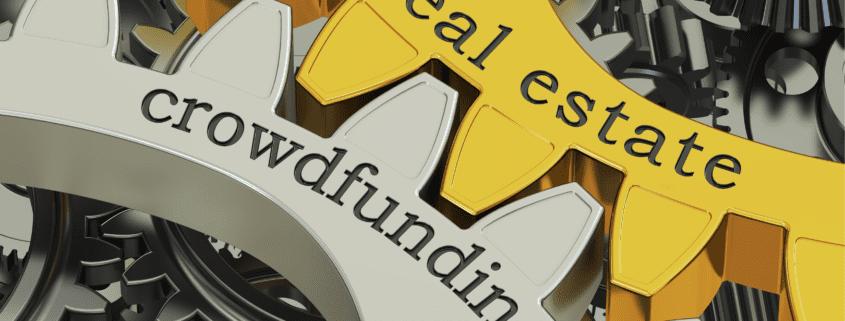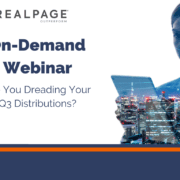The Impact of Crowdfunding on Real Estate Waterfall Structures
Guest Author: Adam Gower PH.D., GowerCrowd
Waterfall calculations are used by real estate developers to calculate distributions to investors during the life cycle of a project and there have been some notable shifts in how they are structured since the emergence of real estate crowdfunding – with significant implications.
One trend is the way investors are driving how sponsors underwrite and present their deals, the tail wagging the proverbial dog, and another pertains to the co-investment a sponsor puts into a project to align interests with investors. As you will see in this article, when these two factors converge pricing is driven upward by hyper-supply of liquidity, risk increases, and we enter the last throes of the cycle.
Show Me the IRR!
In earlier recovery phases of real estate cycles, those periods following downturns and recessions, investors are enticed back into real estate with the promise of higher returns to offset the perceived excess of risk. Furthermore, the opportunity to invest in ‘distressed’ deals that are available at discounts to peak values motivates investors who expect higher returns founded upon the bargain pricing they see. As the economy recovers, opportunistic investments diminish in frequency, and expectations are for returns to gradually reduce. Even so, sponsors continue to attract investors because margins become tighter for everyone as the market reaches equilibrium.
The real estate crowdfunding paradox is that the driving force behind investor decisions to invest in individual deals is the IRR. Institutional and other sophisticated investors understand that returns diminish as the cycle prolongs and set expectations accordingly; crowd investors as a group do not – yet.
Retail investors, those coming into real estate investing through crowdfunding platforms, are signaling to sponsors that they think differently. In recent investor surveys conducted by some of the major crowdfunding sites, investors reported being primarily driven by IRR – the higher the better. Reinforcing this quantitative result, crowdfunding websites anecdotally report that projects with the highest projected IRRs tend to have significantly higher webinar attendance suggesting investors are chasing maximum returns even if disproportionate to what would normally be expected.
This is counter indicative of the stage of the cycle we are currently in. Lower, not higher IRRs signal the natural trajectory of prudent underwriting and yet sponsors know that to attract crowd investors they must offer projects with only the highest relative IRRs or lose investors to someone else’s deal.
Consequently, there is a rush to compete with headline IRR numbers. Crowdfunding sponsors know that the sponsor with the biggest IRR wins. The danger of this is that it can motivate sponsors to ‘stretch’ underwriting assumptions to deliver higher headline IRR numbers to attract the unwary investor. This leads to an unnatural inversion of the IRR curve where competition for investor capital drives up projected IRRs during the latter stage of the cycle.
This is a sure sign of a market that is overheating.
The Law of Diminishing Co-Investment
Another anomaly as the market goes into its final upward lurch is related to the co-investment sponsors contribute to projects. The co-invest is the risk capital a sponsor personally contributes to a project as part of their alignment of interest with investors.
Investor Management Services, (IMS), the leading investment management software company in the industry, has noticed that the amount sponsors co-invest in projects varies with the market cycle. In the early part of a recovery when perceived risk is higher and yet actual risk is lower, sponsors are expected to contribute more to ensure a closer alignment of interest with investors.
As risk climbs inexorably towards the end of the cycle as pricing reaches peak levels and supply moves to hyper supply conditions, perceived risk diminishes, and yet, IMS observes that sponsors are required to put in less and less of their own money.
Bubble Blooming
As these two factors converge, irrational IRR inflation and reduced sponsor co-investment, expectations rise, interests become misaligned between sponsor and investor, risks expand and pricing increases – classic indicators of the final stages of a rising bubble.
To alleviate the risks of getting caught up in these dynamics, investors can pay attention to the credentials of a sponsor, particularly their experiences during prior recessions, and to resist the temptation to seek out only the project with the highest, shiniest IRR projections. The best projects may well be those with lower IRRs because their sponsors are taking a cautious approach as we near the end of the cycle and could be those most likely to survive the inevitable downturn.
***
This post was created in cooperation with the GowerCrowd. Adam Gower is a 30+ year veteran real estate investment and finance professional. He expands investor networks for real estate developers by implementing best-of-class digital marketing programs.











